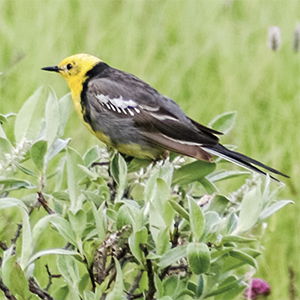Articles
Vol. 92 No. 1 (2022)
Does the expansion of the species’ breeding range also involve the establishment of new migratory routes and new wintering ranges? The case of the citrine wagtail Motacilla citreola (Pallas, 1776)

Publisher's note
All claims expressed in this article are solely those of the authors and do not necessarily represent those of their affiliated organizations, or those of the publisher, the editors and the reviewers. Any product that may be evaluated in this article or claim that may be made by its manufacturer is not guaranteed or endorsed by the publisher.
All claims expressed in this article are solely those of the authors and do not necessarily represent those of their affiliated organizations, or those of the publisher, the editors and the reviewers. Any product that may be evaluated in this article or claim that may be made by its manufacturer is not guaranteed or endorsed by the publisher.
Received: 2 May 2021
Accepted: 19 August 2021
Accepted: 19 August 2021
2827
Views
1702
Downloads







